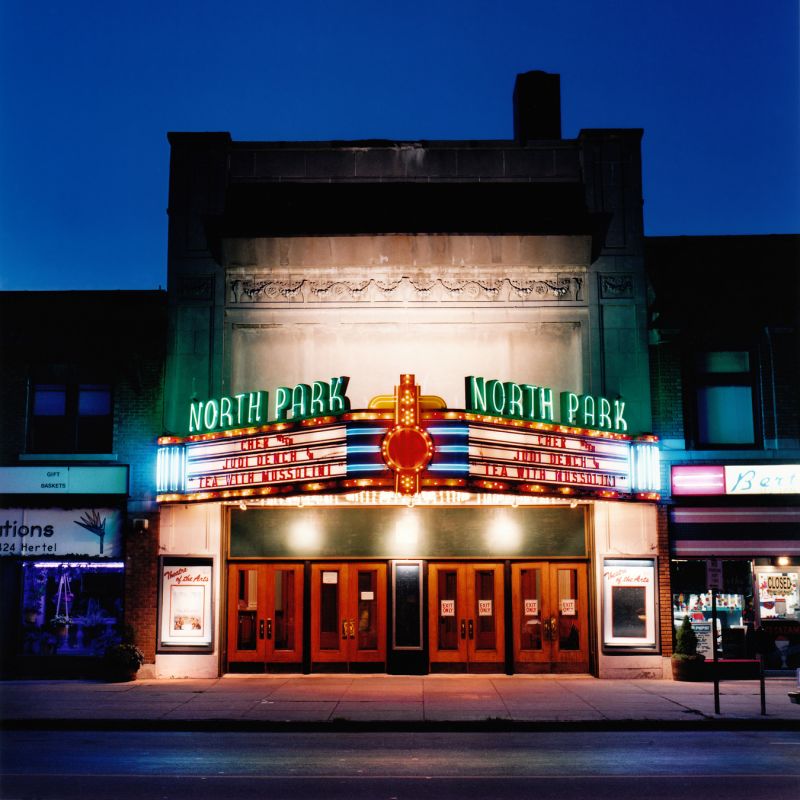Historic Cinemas Captured by Stefanie Klavens
Cinemas like this one in Northampton, Pennsylvania, were once a town’s main attraction, offering significant reprieve during the Depression of the 1920s and 1930s. However, many of these historic establishments have transformed into glittering shadows of their former selves, overshadowed by multiplex cinemas and home television sets. Photographer Stefanie Klavens has documented these architectural gems across America in two remarkable projects: “Historic Theaters” and “Vanishing Drive-Ins.” Her work continues to be showcased at exhibitions across the country, with the next display at the 555 Gallery in Boston.
The Power of Nostalgia in Cinematic Design
Klavens has always possessed a keen interest in the visual culture of mid-20th century America. She explains, “This project stemmed out of that, and from experiments I was doing with night photography. I have a soft spot for the Roxy in Northampton; this photo truly encapsulates the essence of pristine small-town American life from a bygone, more innocent era.”
Architectural Storytelling

Experiential Viewing
Klavens states, “A theater should transport the ‘common man’ from their daily routine into an environment so grandiose and richly detailed that it feels completely natural to watch dreams come to life on the silver screen. Most modern cinemas lack this immersive experience.” Therefore, historic theaters play an essential role in enhancing the viewing process.
Capturing the Magic Hour

Preserving Cultural Heritage
Klavens’ ongoing project named “Vanishing Drive-Ins” encompasses a series of photographs depicting some of the last remaining theaters where movie enthusiasts can relish a screening from the comfort of their vehicles. She notes, “I believe they embody a collective memory of our social history and serve as a vital record of the architecture and design from past decades.”

Consequently, historic cinemas remain not only as spots to enjoy films but also as profound representations of our cultural heritage, reminding us of the golden era of movie-going experiences.




